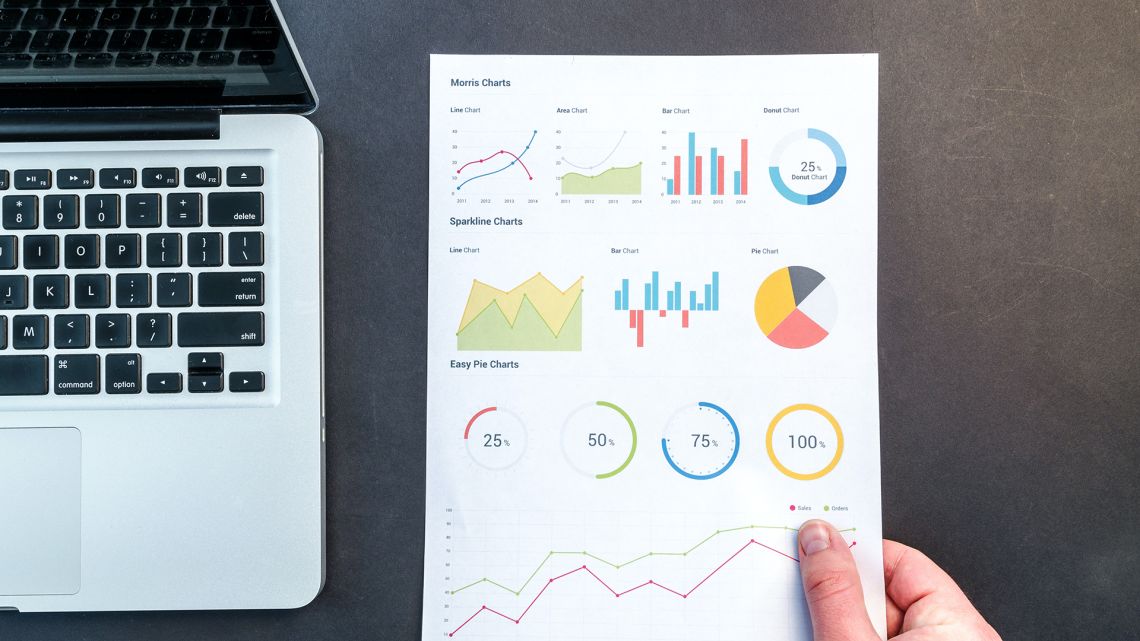
If you're aiming to increase your Forex trading revenues, you need to recognize the principle of connections. In this blog post, we'll review what money pair connections are and how you can utilize them to your advantage when trading Forex. We'll additionally clarify what relationship coefficients are and also exactly how they can aid you in establishing the toughness of a relationship between two currency pairs. So, if you are preparing to read more about Forex connections, check out!
What is Correlation?
Correlation is a statistical step of how two variables stir each other. In the economic markets, correlation is commonly used to describe the partnership between two property courses or two specific properties. For example, you could hear traders say that "Silver and gold have a favorable relationship" or that "The United States Buck has a negative connection with oil."
Regarding Forex trading, relationships can help determine future professional possibilities. This is because when two money pairs move in the exact instructions (either up or down), this generally indicates some hidden fundamental factor for the motion. Thus, if you can recognize these partnerships, you can potentially make even more informed trading decisions.
What are Correlation Coefficients?
Connection coefficients are mathematical worths that show the strength of a relationship between 2 variables. The prices vary from -100 to 100, with a wealth of 0 suggesting no correlation and a value of 100 showing an excellent favorable relationship.
A positive relationship coefficient indicates that two money pairs relocate in the same direction, while a negative correlation coefficient shows that they migrate contrary to instructions. For example, if two currency sets have a connection coefficient of +50, they often tend to relocate the exact instructions about 50% of the time. Conversely, if the coefficient is -50, they often migrate in opposite directions for about 50% of the moment.
How to Use Correlations in Forex Trading
Now that we've addressed the inquiry "what is a relationship in Foreign exchange?" it's time to review how you can use these details to your advantage when trading.
There are two main ways investors can use connections in Foreign exchange:
The initial is by using relationship coefficients to recognize possible trade possibilities. As we stated previously, if two money pairs have a solid positive or negative correlation, this usually indicates that there is some essential underlying factor for the motion. Thus, if you can determine these relationships, you can potentially make even more educated trading choices.
The 2nd method to use relationships in Forex is by hedging your trades. Suppose you have an open position in one currency pair and think it is about to move in the opposite direction of an additional currency set. In that case, you can hedge your setting by taking an offsetting placement in the second currency pair. If your original profession undoubtedly sheds money, you can counter some losses by making money from your hedging trade.
While relationships can be highly beneficial in Foreign exchange trading, it is essential to remember that they are just one device in your collection. As such, you need never make trading decisions exclusively based on correlation data. Instead, you need to constantly utilize a combination of technical and fundamental evaluation before making any decisions.
Connections can be a handy device for Foreign exchange investors. Investors can use connection coefficients to identify possible professional possibilities and hedge their settings. Nevertheless, it is necessary to bear in mind that correlation needs to be one part of your overall trading strategy.













Write Your Comment